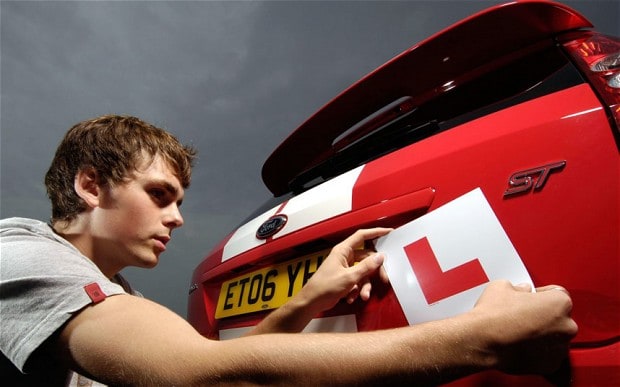As technology continues to advance, the ways we use it for our own benefit have also developed. For instance, learning to drive has evolved significantly due to technology like apps and driving simulators which aim to help you pass your test first time.

Apps
Nowadays, you can do almost anything with a smart phone, including learn to drive. With apps available for Android and iPhones, you’ll have easy access to the information you’ll need to pass your theory and practical test at the swipe of a screen.
There are both free and paid apps designed to help you pass your theory test, including hazard-perception mock tests and study guides, to virtual learning apps that can help you master manoeuvers.
Which apps?
There are apps available that monitor your driving skills as you are driving. This doesn’t mean you have to use your phone whilst you are driving of course! These apps automatically calculate your progress by using the GPS in your phone to track your car’s movements. They’ll usually provide you with a score based on your breaking, acceleration, and turning skills, each with a rating out of 10. The better your timing is whilst making these manoeuvres, the more likely you’ll receive a high score.
There are also apps that are designed to test your manoeuvring skills, including where to look, and how to perform three-point turns, parallel parking and more. They also identify areas that are not covered by your mirror, and help you figure out your blind spots when driving.
Another handy app to download is one that tracks the amount of fuel you’re using. As a learner driver, you’ll no doubt be spending money on driving lessons, and possibly your own car and maybe learner driver insurance too. All the more reason to have an app that tracks your average fuel consumption so you can learn how to drive efficiently in order to save money! This may not necessarily improve your basic driving skills, but it can improve your driving style.
Simulators
Another way technology can help you learn is through using driving simulators. Be warned, these are expensive options, but they can be very effective in preparing the learner for real driving situations. There are many types of driving simulators, some more advanced – and more expensive – than others.
For instance, portable desktop models which are usually fitted with a steering wheel and a wide monitor can cost anywhere between £3,000 and £7,000, where as some simulators mimic real cars which amount to far more. These are usually designed to mirror the driver’s side of the car and can include intricate details such as an ignition key as well as a steering wheel and brake pedals.
How do they work?
They place you in a virtual reality where you can encounter dangerous situations without really being in danger. As the name suggests, they simulate real driving experiences through different scenarios which usually include hazard perception, distracted driving, parking safety, following distance, vehicle handling and more depending on what type of simulator you use.
The effect?
Driving simulators for learning purposes are rarely purchased by the general public due to cost, but most are available in some driving centres and schools. For instance, between 2005 and 2007, driving simulators were placed in 147 high schools in Georgia USA with the intent to give young people the experience they need before tackling the roads.
This program was funded with money from Joshua’s Law, a foundation implemented by Alan Brown who lost his 17-year old son in a car accident in July 2003. He believed that simulators can prepare young people for real driving scenarios and give them the driving skills they need to drive safely and defensively on the roads. Since this program has been implemented, Georgia has seen a state-wide decline in teen auto fatalities of around 60 per cent of 181 student lives per year.
Technology like apps and simulators can help you pass your test, develop your driving skills, and improve your driving style, making you a more experienced driver. So, whether you choose to use apps, simulators, or both, they will help you develop the skills required to pass your test.
Learn more
Taking a driving test is a requirement before you can get your driver’s license. As exciting as it is, it is no easy feat and comes with a big res ...
Driving is a skill that requires utmost concentration and the driver should pay attention to the directions for road safety issued by state and fo ...
Auto insurance is an unavoidable expense that every car owner must endure. However, if you live in Columbus, OH there are some effective ways to l ...
Many years ago, we could only predict what future vehicles would look like or what they would be capable of. Will they increase or decrease in s ...
Nearly six million car accidents occur each year in the United States. While distracted driving makes up a bulk of these accidents, other causes c ...







